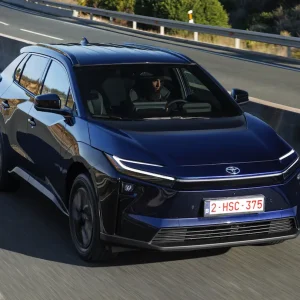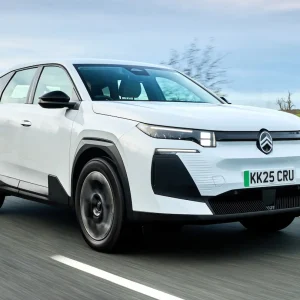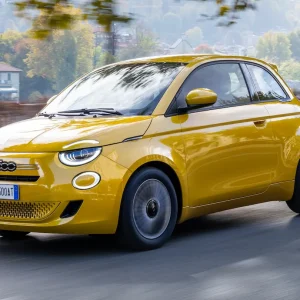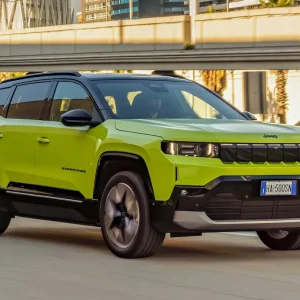Suzuki has dipped its toe into the fleet market with a couple of models designed to appeal to businesses, namely the SX4 S-cross crossover (see BusinessCar, 23 July) and the 4×4 variant of its Swift supermini tested here.
Along with a recent, minor facelift (revisions to the bumpers and grille among other miniscule tweaks), the Swift has gained an extra two driven wheels and sits 25mm higher than the standard model. It’s rare for a supermini to have four-wheel drive, but the idea is to make a low-cost alternative to traditional and habitually expensive SUV-style 4x4s.
The 4×4 is only available with the 94hp 1.2-litre petrol engine, rendering it pretty lethargic. The Swift still drives very well, though – it’s a comfortable and likeable little car, if lacking in space inside. It copes well with heavily pot-holed roads, too.
From a driver’s point of view, the Swift is a sound financial bet. Its low P11D value, lack of a 3% diesel BIK levy and relatively low CO2 are enough to leave it with some more than palatable BIK costs – £39 per month for a 20% tax payer – which makes it perfectly pitched at the kinds of public sector workers for whom it’s designed to appeal.
It doesn’t stack up as well from a fleet operator’s perspective, though. A below-par RV of 27.6% hampers things, and the lower of the two grades on the all-wheel drive version, the SZ3, is an affordable new car but its only real rival, the Fiat Panda 4×4, undercuts it on costs. In basic 85hp Twinair guise, the Panda beats the Swift in most key areas, leaving it with a figure of 37.9ppm next to the Suzuki’s 40.3ppm.
Neither will haemorrhage cash though, as they’re the cheapest four-wheel drive cars on the market. It’s worth bearing in mind Suzuki’s solid reputation for reliability too, which is much more than can be said for Fiat.
| Suzuki Swift 4×4 SZ3 | |
| P11D price | £13,764 |
| Model price range | £10,744-£15,684 |
| RV | 27.6% |
| Depreciation | £9,964 |
| Fuel | £7116 |
| SMR | £2048 |
| VED | £265 |
| NI | £1045 |
| CPM | 40.3p |
| Fuel consumption | 51.3mpg |
| CO2 (tax) | 126g/km (17%) |
| BIK 20/40% per month | £39/£78 |
| Service interval | 9000 miles |
| Insurance (1-50) | group 9 |
| Warranty | 3yrs 60,000 mls |
| Boot space | 211/528 litres |
| Engine size/power | 1242cc 94hp |
| Top speed/0-62mph | 103mph/13.4secs |





